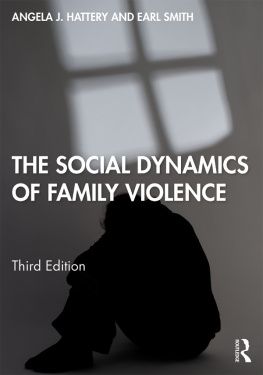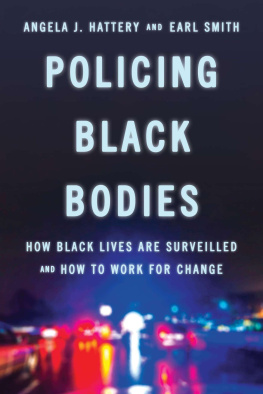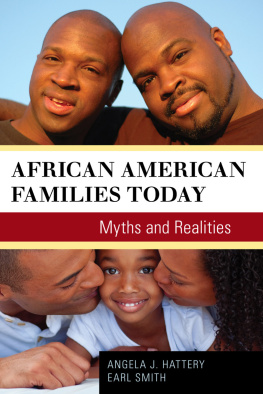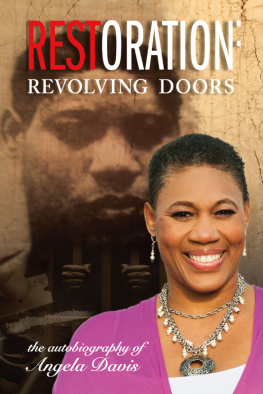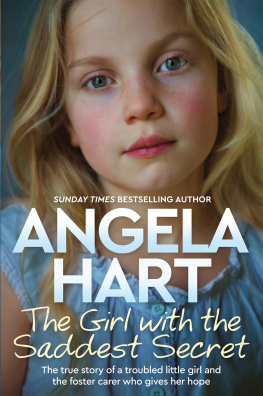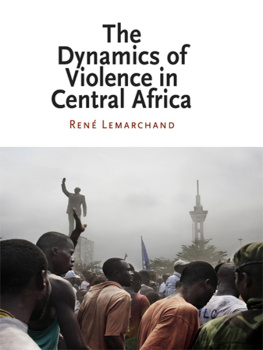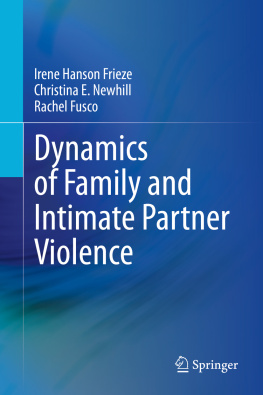THE SOCIAL DYNAMICS OF
FAMILY VIOLENCE
The Social Dynamics of Family Violence explores family violence throughout the life course, from child abuse and neglect to intimate partner violence and elder abuse. Paying special attention to the social character and institutional causes of family violence, Hattery and Smith ask students to consider how social inequality, especially gender inequality, contributes to tensions and explosive tendencies in family settings. Students learn about individual preventative measures and are also invited to question the justice of our current social structure, with implications for social policy and reorganization. Hattery and Smith also examine violence against women globally and relate this to violence in the United States. Unique coverage of same-gender and multicultural couples, as well as of theory and methods, make this text an essential element of any course considering the sociology of family violence.
Angela J. Hattery is Professor of Sociology and serves as the Director of the Women and Gender Studies Program at George Mason University. Her research focuses on social stratification, gender, family, and race. She is the author of numerous articles, book chapters, and books, including her latest titles, Gender, Power and Violence (2019), Policing Black Bodies (2017), African American Families: Myths and Realities (2012/2016), Prisoner Reentry and Social Capital (2010), Interracial Intimacies (2009), Interracial Relationships (2009), Intimate Partner Violence (2008), and Women, Work, and Family (2001).
Earl Smith is Professor of Sociology and Anthropology at George Mason University and Emeritus Professor of Sociology and the Rubin Distinguished Professor of American Ethnic Studies at Wake Forest University. Dr. Smith was the Chairperson of the Department of Sociology, Wake Forest University, from 1997 to 2005. He is the author of numerous distinguished works, including Gender, Power and Violence (2019), Policing Black Bodies (2018), Prisoner Reentry and Social Capital (2010), Sport and Social Theory (2010), Race, Sport and the American Dream (2014/2009/2007), Interracial Intimacies (2009), Interracial Relationships (2009), and African American Families (2007).
Third Edition
THE SOCIAL DYNAMICS OF
FAMILY VIOLENCE
ANGELA J. HATTERY AND EARL SMITH
Third edition published 2020
by Routledge
52 Vanderbilt Avenue, New York, NY 10017
and by Routledge
2 Park Square, Milton Park, Abingdon, Oxon, OX14 4RN
Routledge is an imprint of the Taylor & Francis Group, an informa business
2020 Taylor & Francis
The right of Angela J. Hattery and Earl Smith to be identified as authors of this work has been asserted by them in accordance with sections 77 and 78 of the Copyright, Designs and Patents Act 1988.
All rights reserved. No part of this book may be reprinted or reproduced or utilised in any form or by any electronic, mechanical, or other means, now known or hereafter invented, including photocopying and recording, or in any information storage or retrieval system, without permission in writing from the publishers.
Trademark notice : Product or corporate names may be trademarks or registered trademarks, and are used only for identification and explanation without intent to infringe.
First edition published by Westview Press in 2012
Second edition published by Westview Press in 2016
Library of Congress Cataloging-in-Publication Data
A catalog record has been requested for this book
ISBN: 978-1-138-32604-0 (hbk)
ISBN: 978-1-138-32605-7 (pbk)
ISBN: 978-0-429-45008-2 (ebk)
Typeset in Garamond
by Swales & Willis Ltd, Exeter, Devon, UK
To Travis, Emma, and Porter: Gandhi said, Be the change you want to see in the world. Ive been dedicating my work to you since you were in elementary school. You are adults now, pursuing your dreams and passions, and Im genuinely awed by you and your dedication to being the change you want to see in the world.
Love, Mom
To Earl: As always, in everything we do, our partnership focuses me on the things that matter, motivates me when the days are long and the work is difficult, and sustains me through it all.
Angela
To Angela: Perfect. This work, in the third edition, underscores all that we have done together examining what sociologists continue to describe as life chances. As the society we live in becomes better, hopefully there will not be the need for a book of this type again.
Earl
CONTENTS
CHAPTER 1
Setting the Stage
CHAPTER 2
Historical Perspectives on Family Violence
CHAPTER 3
Theories for Studying Family Violence
CHAPTER 4
Methods for Studying Family Violence
CHAPTER 5
Abuse Across the Life Course: Elder Abuse
CHAPTER 6
Abuse Across the Life Course: Child Abuse
CHAPTER 7
Sibling Abuse, by Veronica Tichenor
CHAPTER 8
Outcomes of Child Abuse: Increased Risk for Experiencing Violence in Adulthood
CHAPTER 9
The Economy and Intimate Partner Violence
CHAPTER 10
Cultural Factors and Intimate Partner Violence
CHAPTER 11
Religion and Family Violence
CHAPTER 12
Institutionalized Violence
CHAPTER 13
Violence in LGBTQ Families
CHAPTER 14
Prevention and Avoidance: The Early Warning Signs
CHAPTER 15
The Response to Family Violence: The Criminal Justice System and the Social Welfare System
CHAPTER 16
Where Do We Go From Here?
Many of our students contributed to the third edition of The Social Dynamics of Family Violence . Thank you to Lna Eljaafari, Arizthia Espino, Delaney Kirk, and Aurora Murrills who read the entire manuscript and provided well-researched updates to every single statistic as well as updated tables and figures as necessary. We could not have done this without your dedication and hard work. Thank you to the George Mason students enrolled in Gender, Power and Violence in the spring 2019 semester. Each of you contributed thoughtful ideas to the book manuscript itself, as well as creating all of the ancillary materials that are available to instructors. If you find the PowerPoint presentations and test banks useful, you can thank these students: Luke Hellyer, Liz Hinkel, Katie Hinkell, Aurora Murrills, Nakhla Noakes, Rhyanna Oneal, Chris Slotten, Cece Steinbach, and Luke Waltermire. LErin Garner-Holden, Lna Eljaafari, and Delaney Kirk served as reviewers of the student work and their contributions made the materials that much stronger. A special thank you to Luke Waltermire for suggesting we add financial abuse to our discussion of intimate partner violence. Being able to use our book in our courses and receive feedback from our students is the perfect feedback loop. We hope your students enjoy the book as much as ours do!
It is with great pleasure that we were offered the opportunity to revise The Social Dynamics of Family Violence and produce a third edition. Many things have changed in the landscape of families and violence since our original book was published in 2012, and again in 2016, and thus the opportunity to revisit our arguments and refine our analysis could not be timelier. Specifically:
The United States Supreme Court ruled that bans on gay marriage are unconstitutional, and in the summer of 2015, marriage equality became the law of the land.
#MeToo. The hashtag #MeToo erupted on the scene in the fall of 2017 when women in Hollywood began to come out publicly and speak about the alleged sexual harassment they had experienced at the hands of men like Harvey Weinstein. Tarana Burke, a black woman, actually began the movement a decade earlier, and it spread slowly until the onset of the social media #MeToo movement, which then spread quickly. During 2017 and 2018 many high-profile men, including Bill Cosby, were held responsible. The summer of 2018 also brought the case of child sexual abuse to the forefront when Larry Nassar was convicted and sent to prison for the rest of his life for the sexual abuse of more than 300 women. This is the backdrop for the third edition of The Social Dynamics of Family Violence .


